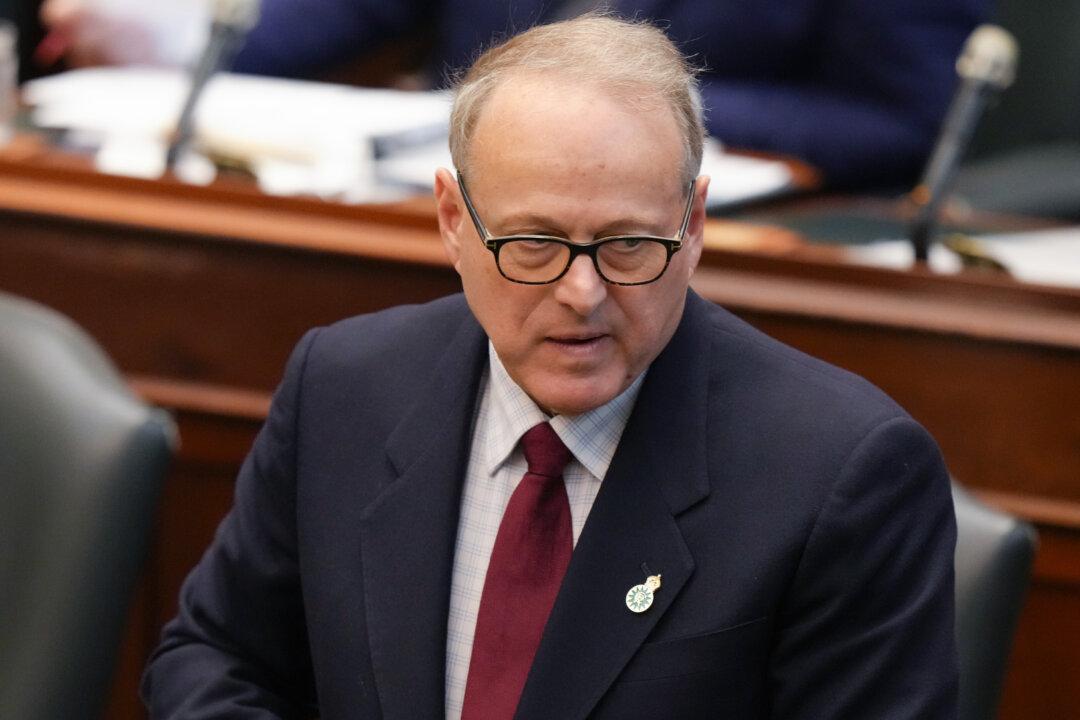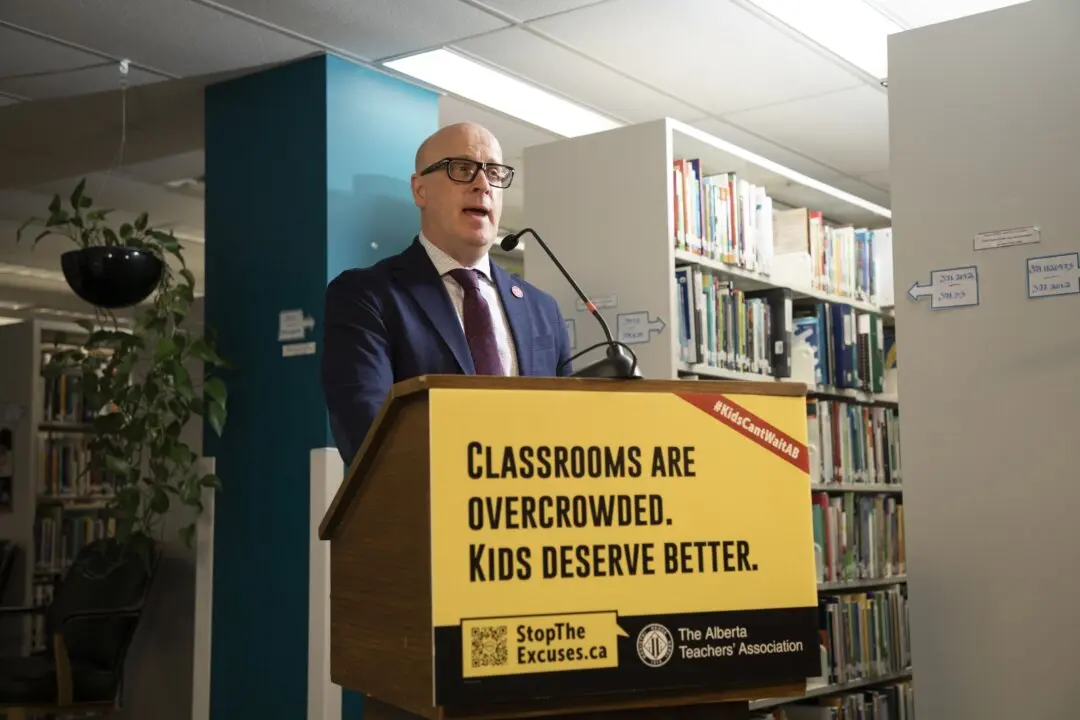The number of Canadians waiting for health care, including surgeries, to see specialists, or to receive diagnostic scans, has risen to over 3.1 million in the past year.
Data from SecondStreet.org, a think tank that focuses on the impact of government decisions on Canadians, tracking how many patients are waiting for health care showed that the number was 3,134,853 as of Dec. 26. That is an increase of about 140,000 since 2022, the organization said.





